“Why do we call a plant a weed? Is a weed a weed wherever it grows? How did this weed plant itself where I find it growing? Of what advantage is this weed?”
Handbook of Nature Study, page 513
When Anna Botsford Comstock uses the term “weed”, she many times means what we would commonly call a “wildflower”. If you look in the Table of Contents in the Handbook of Nature Study, you will see a long list of “weeds” that are subjects of complete lessons in this nature study volume.
From my personal experience, I have this conversation every spring with my husband over whether a dandelion is a weed or a wildflower. He has given me the gift of dandelions in our yard, even though he really wants to weed them out. I love their happy color and have observed many an insect benefiting from our leaving a few dandelions at the edges of our yard. (Read about my “wild side” here: Wild Side #1
and Wild Side #2)
This week click over to read the original challenge from the Garden ebook and then pick a weed to observe, looking carefully for its seeds. This activity can be done periodically as the seeds develop during the summer season. Make it a weed and seed hunt!
Link to the Archive Outdoor Hour Challenge –
Focus on Garden Flowers #8 Seeds and Weeds
We’re continuing to work through the Garden Flower and Plants ebook over the next few weeks. If you own this ebook or have access to it in your Ultimate Naturalist Library, you’ll want to get it out and read the first few pages that outline how the ten week series of garden challenges work together and can be done in any order that makes sense to your family. The ebook has planning pages as you choose, observe, and then learn more about each garden flower you study.
If you would like to purchase a membership so you have all of the challenges at your fingertips and the custom notebooking pages too, click over to read all the details and download a sample: Garden Flower and Plant Challenges.
You may wish to look at the June 2013 Newsletter if you have a membership here on the Handbook of Nature Study.
There’s a lot of great information on wildflowers in this post that I wrote last year. Click over to find helpful hints for your seeds and weeds study:

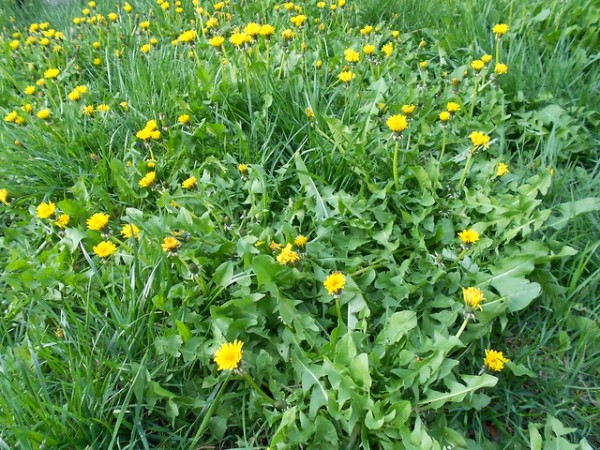
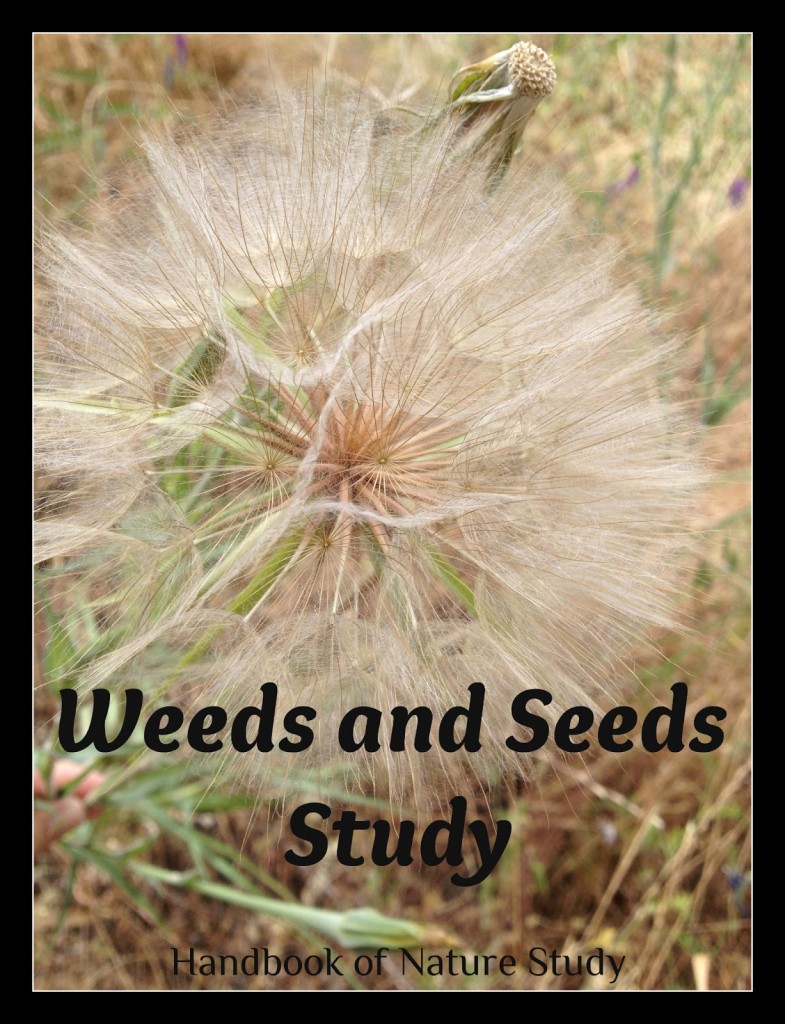
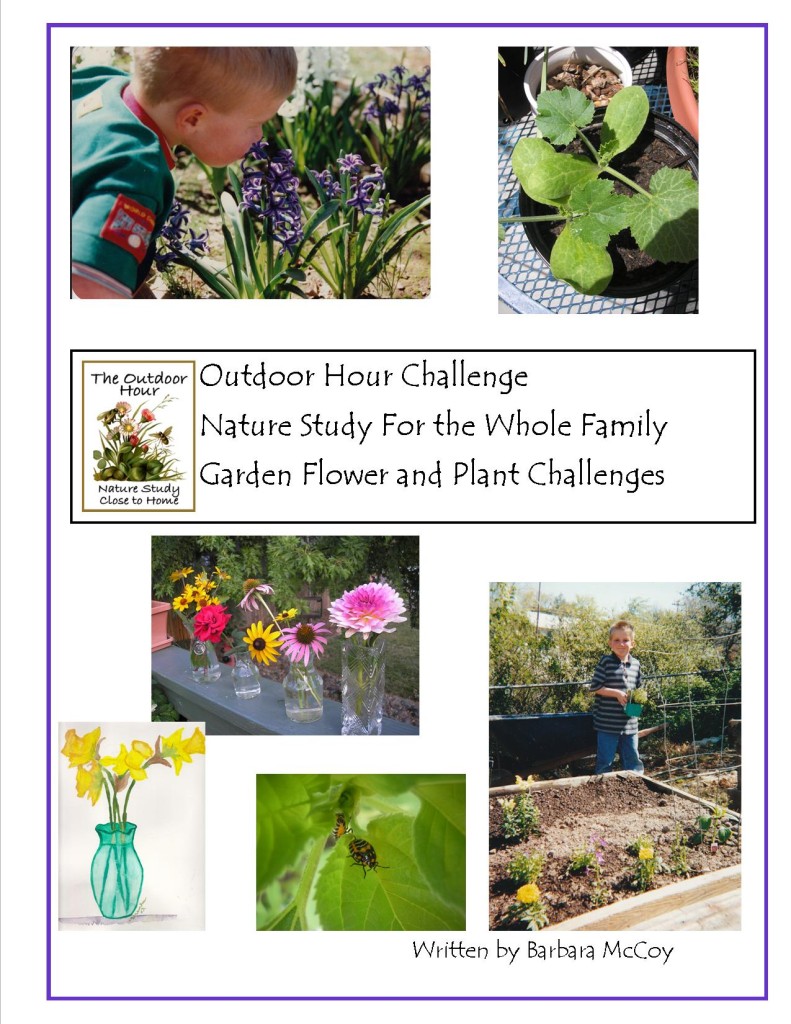
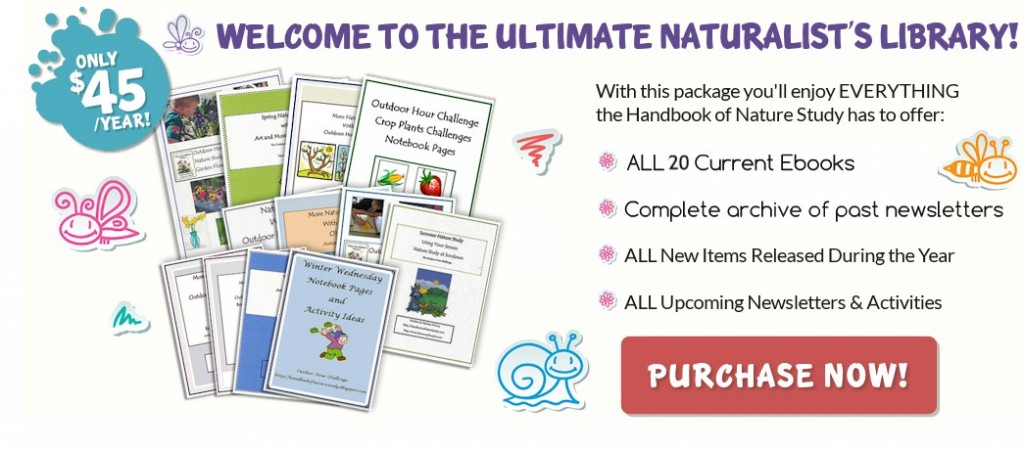
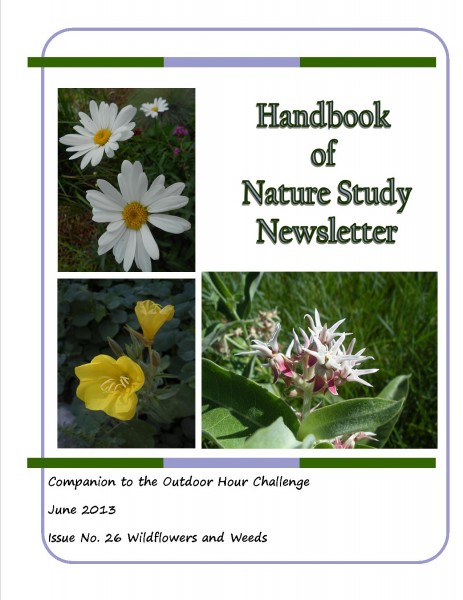
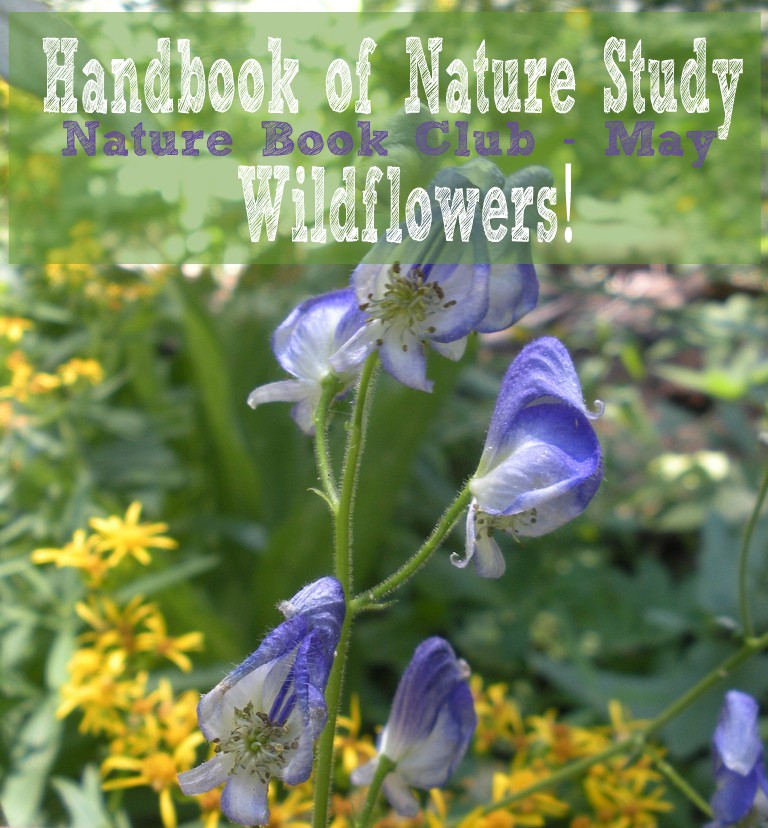
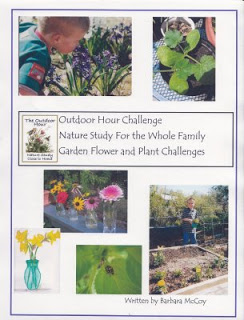

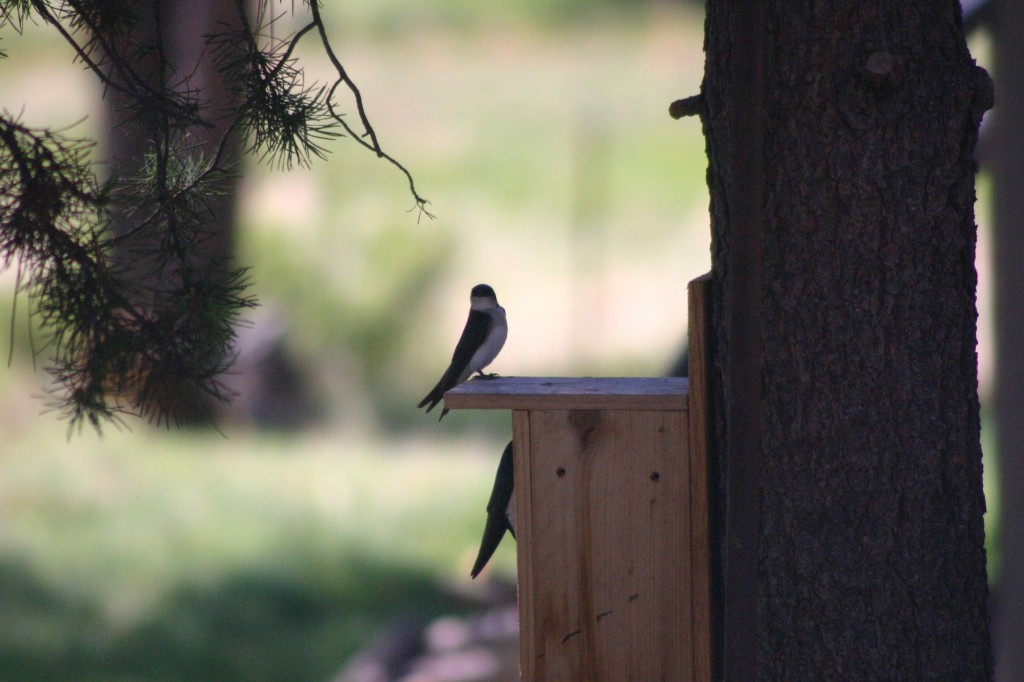




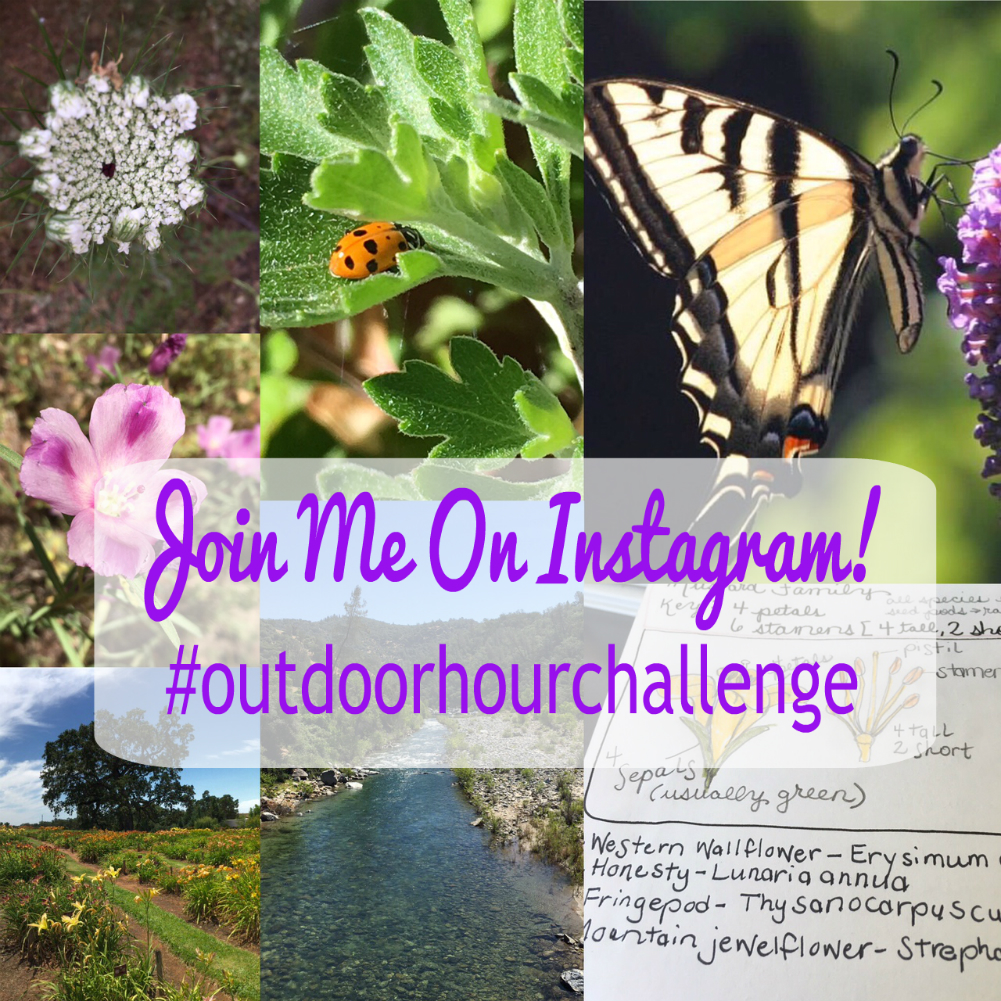
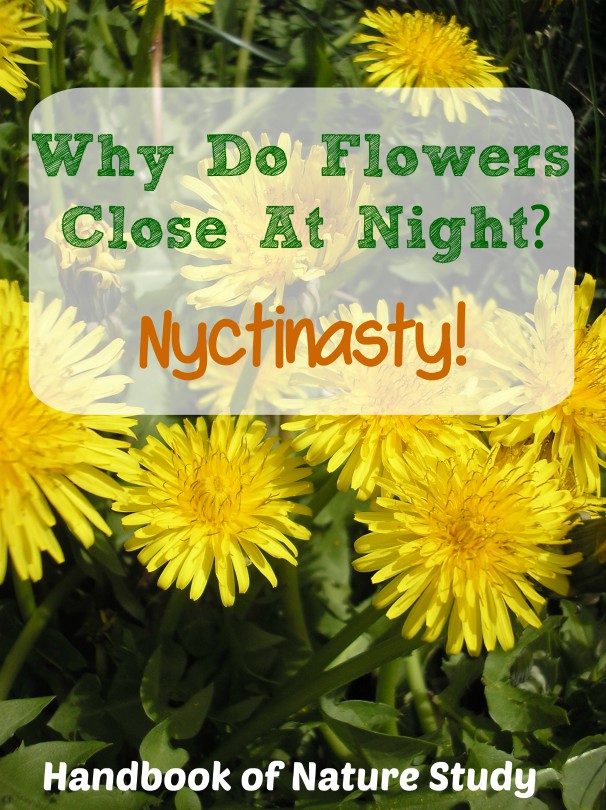
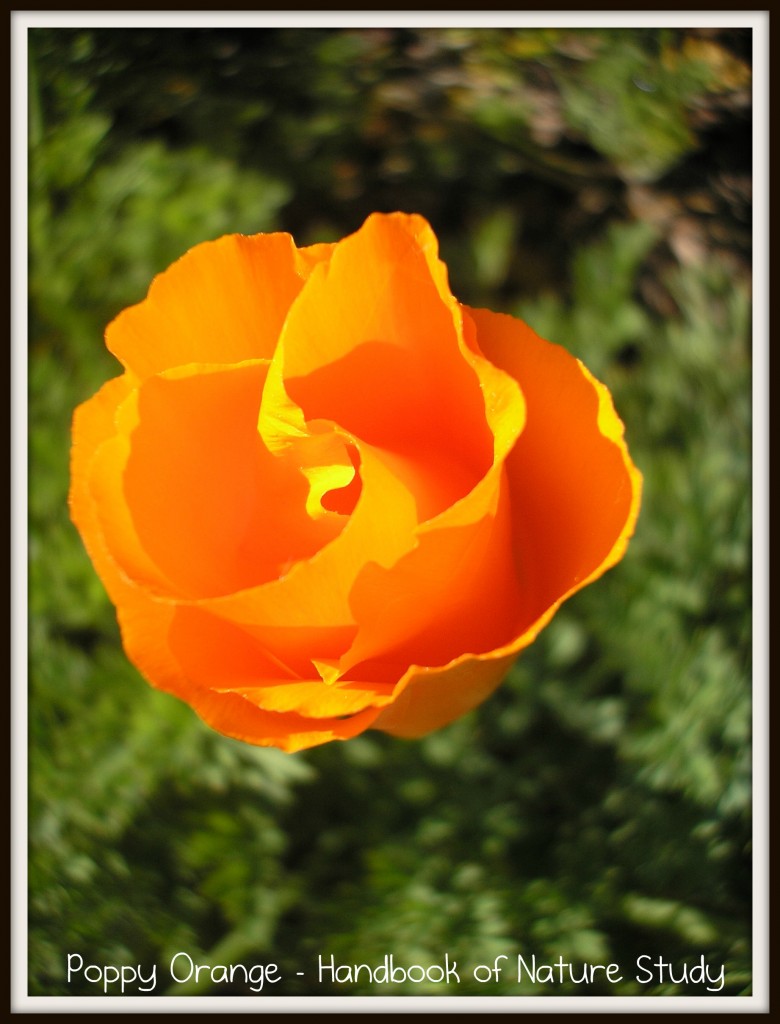
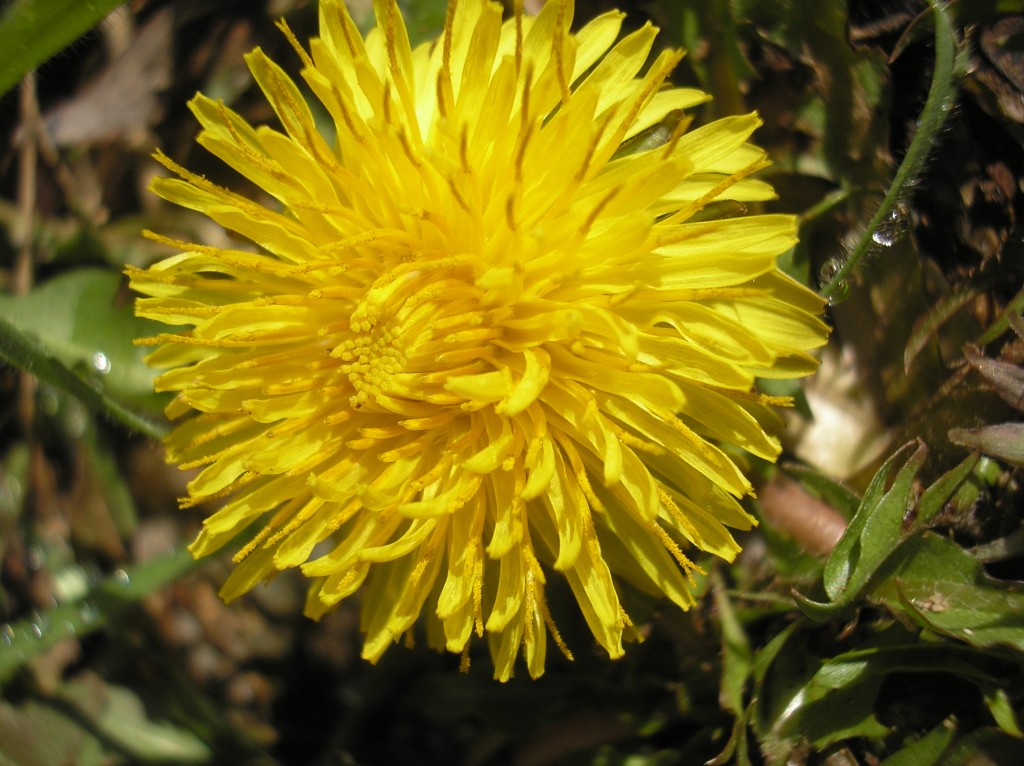
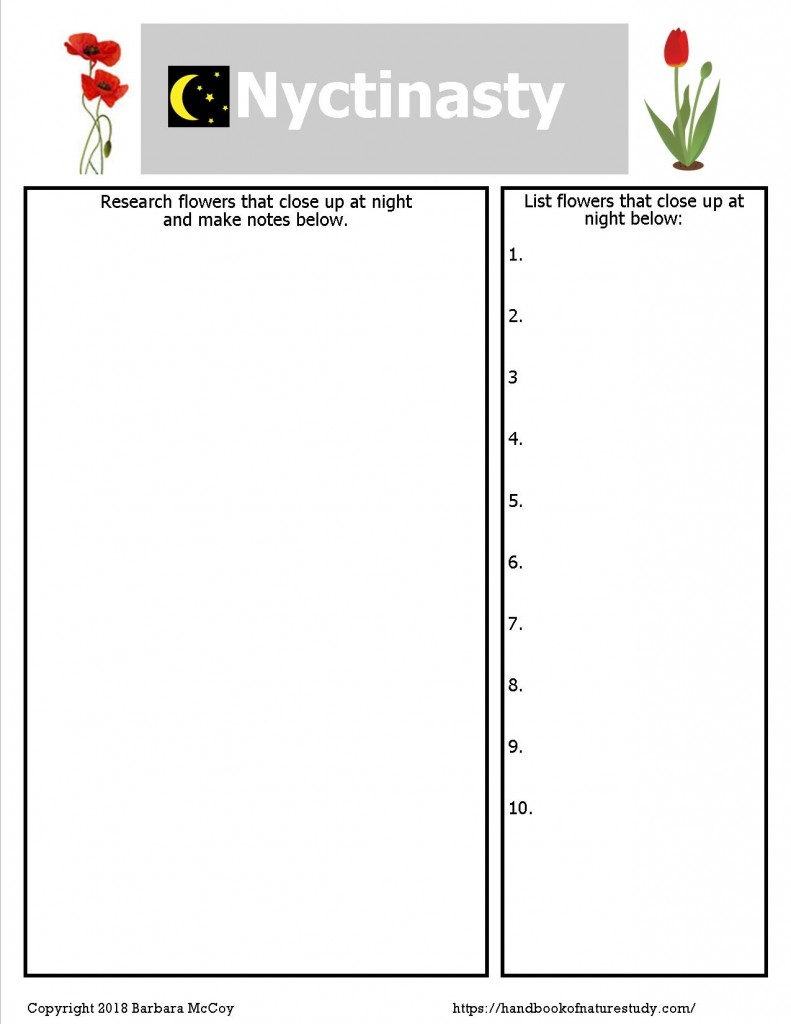
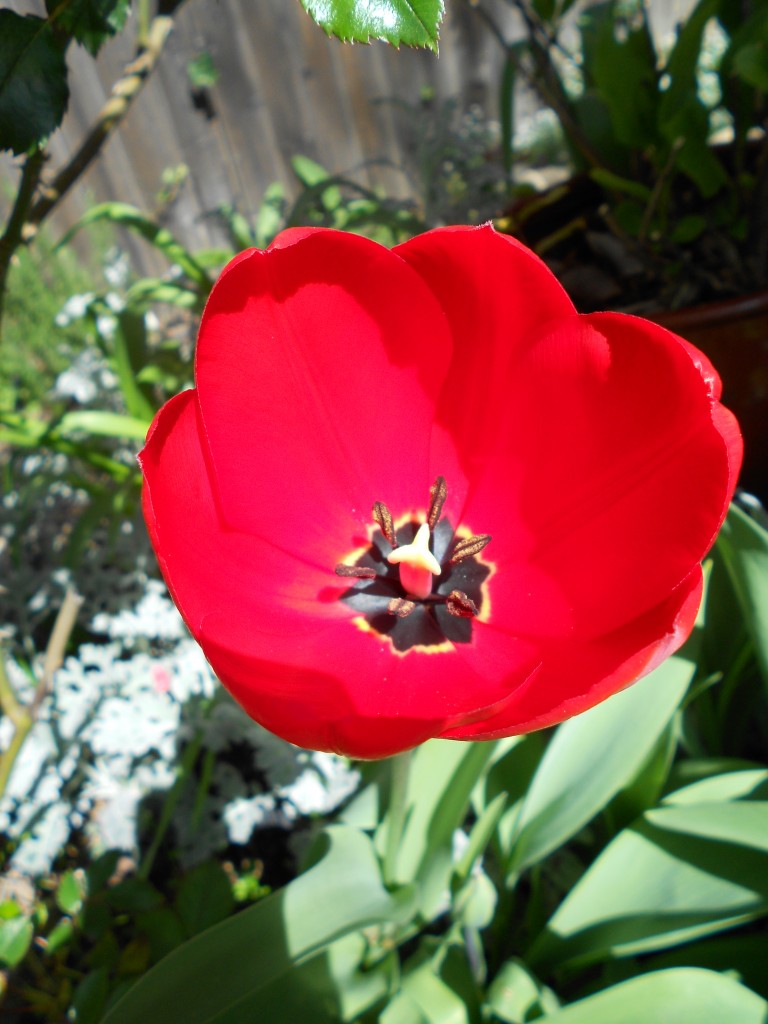
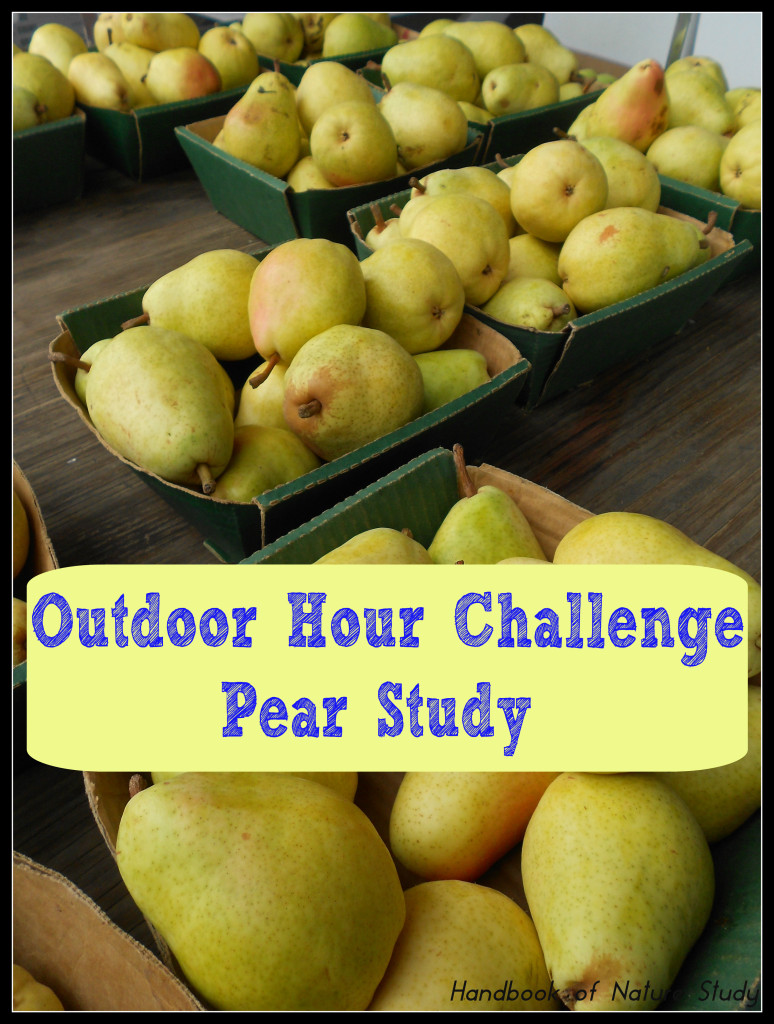
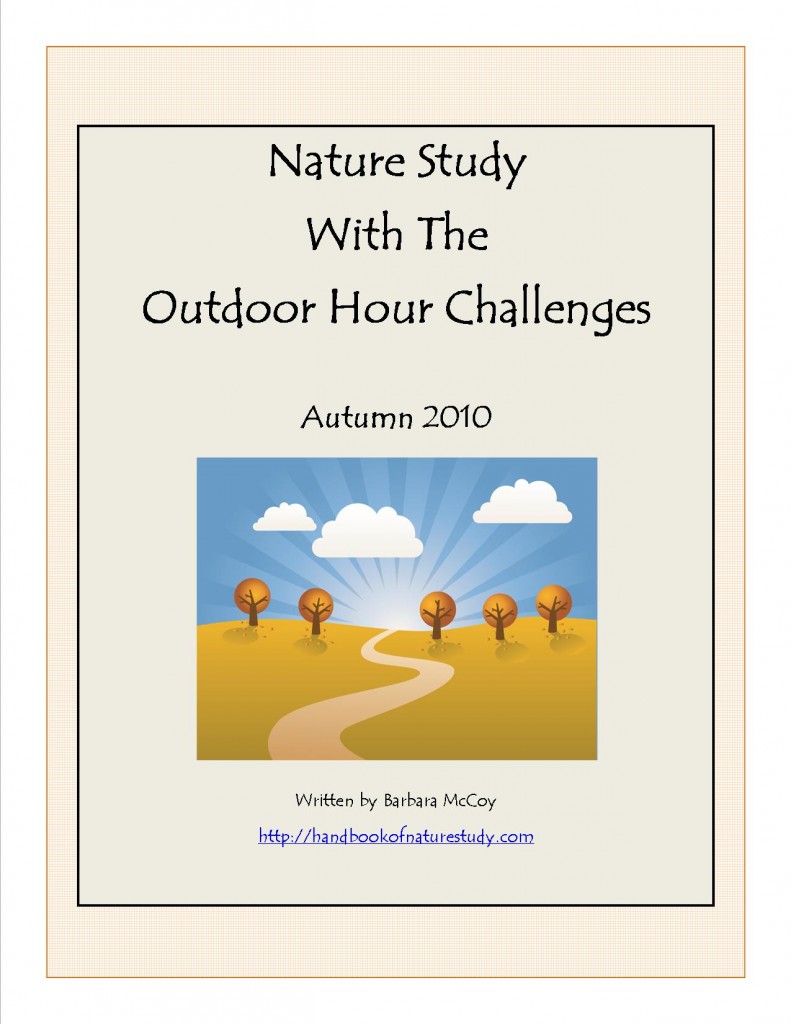


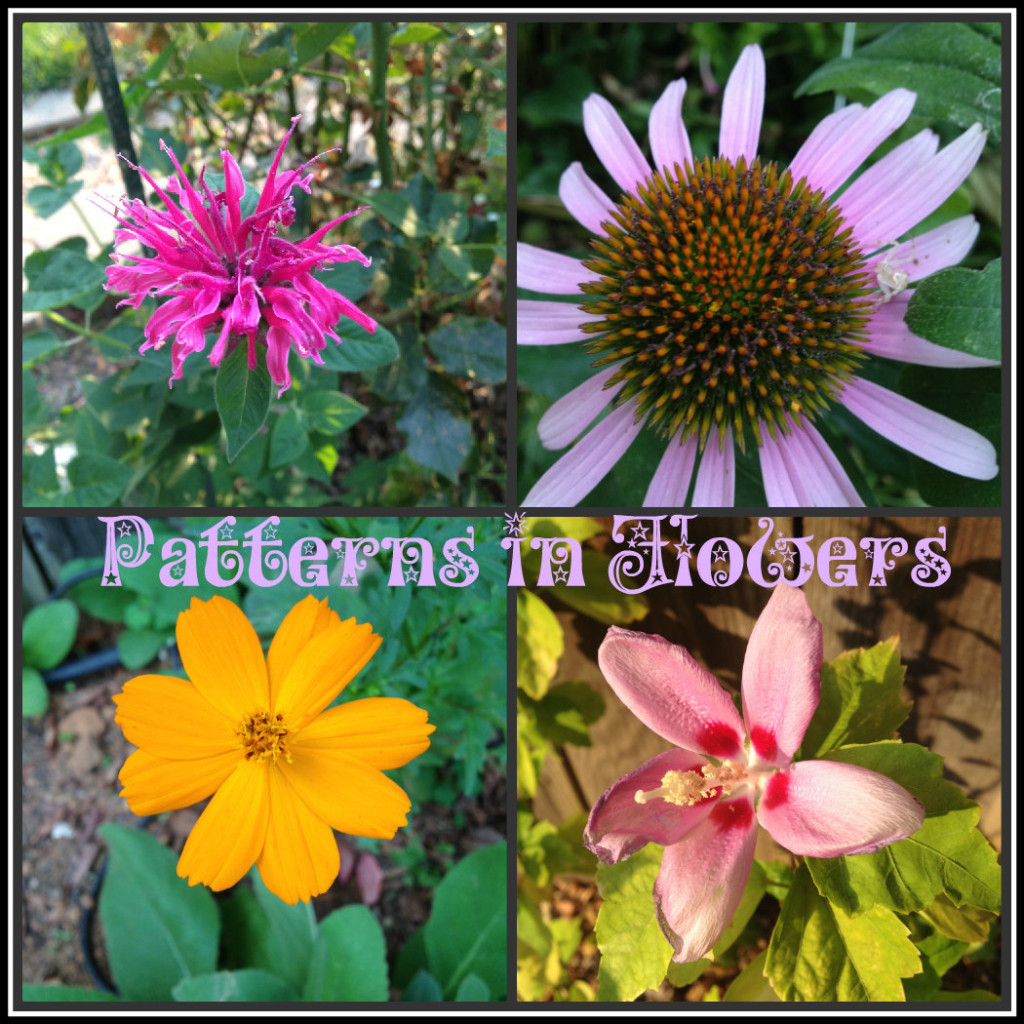

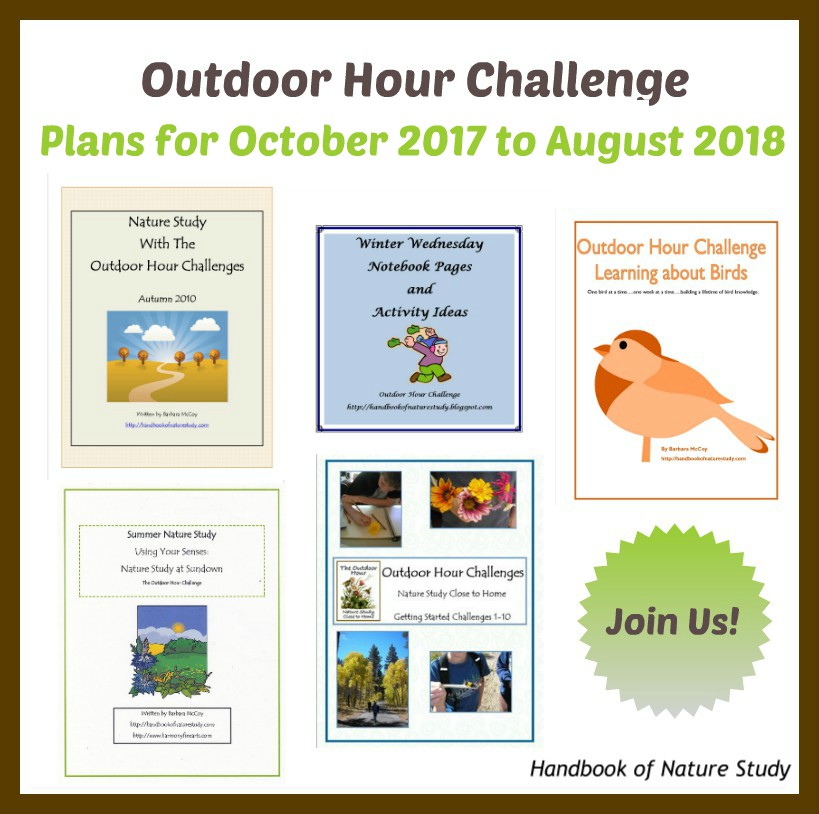
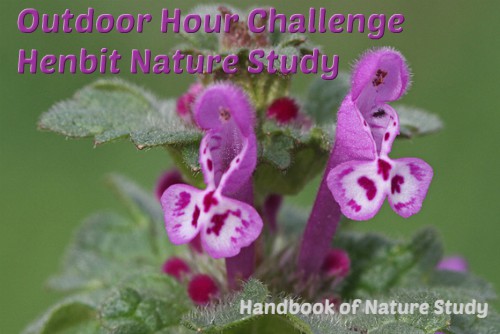
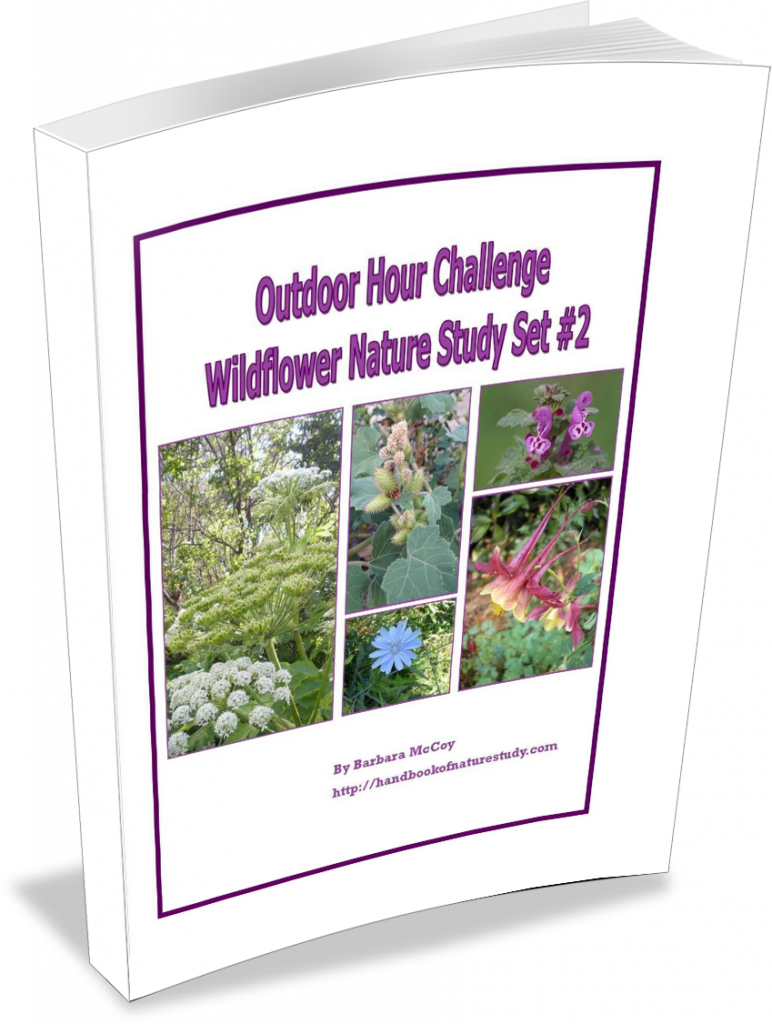
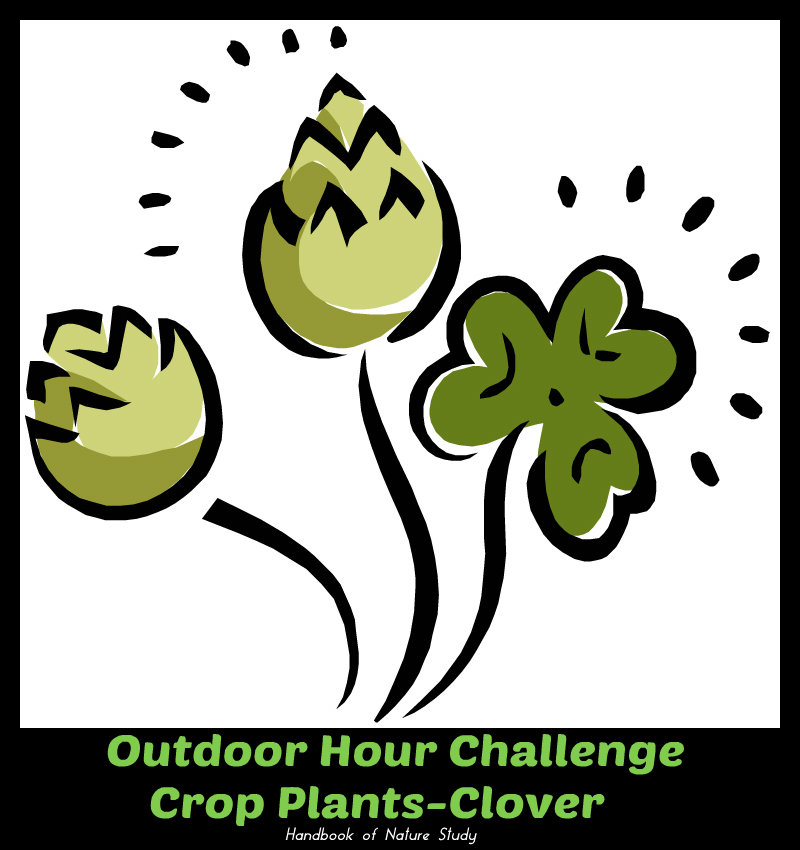


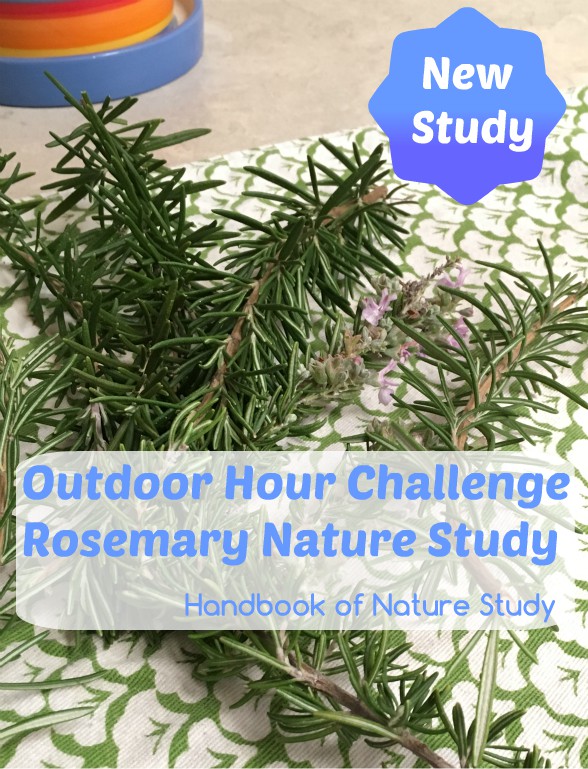
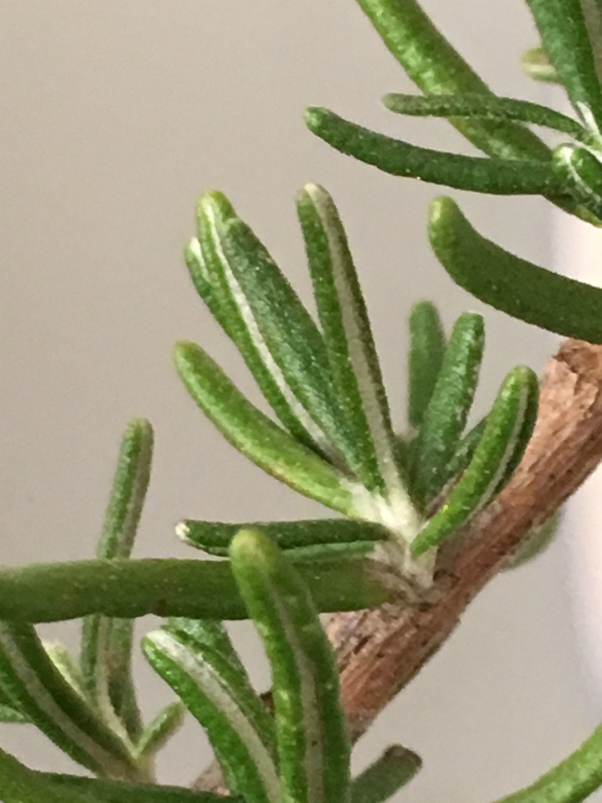
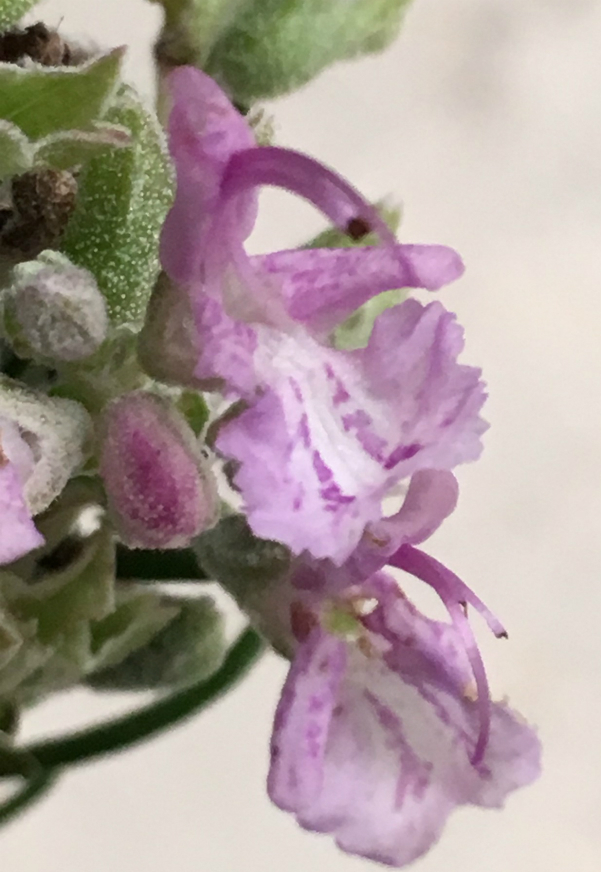
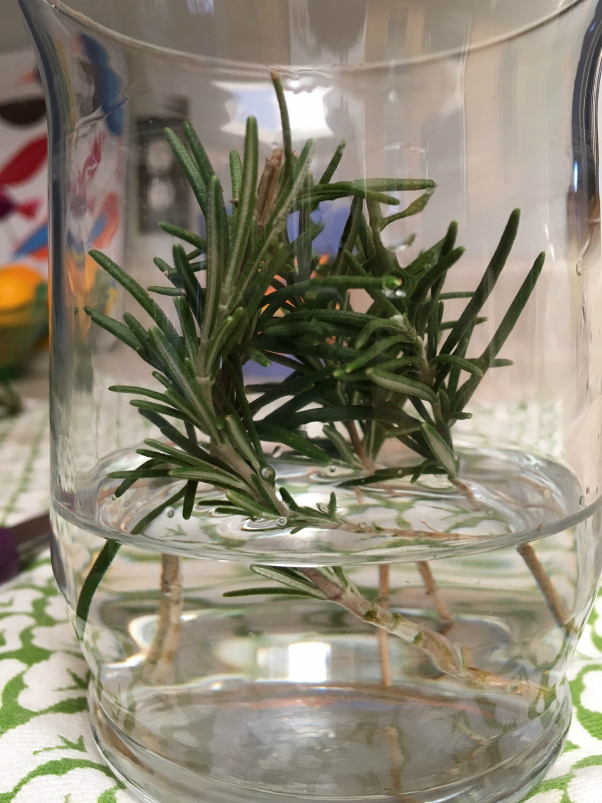
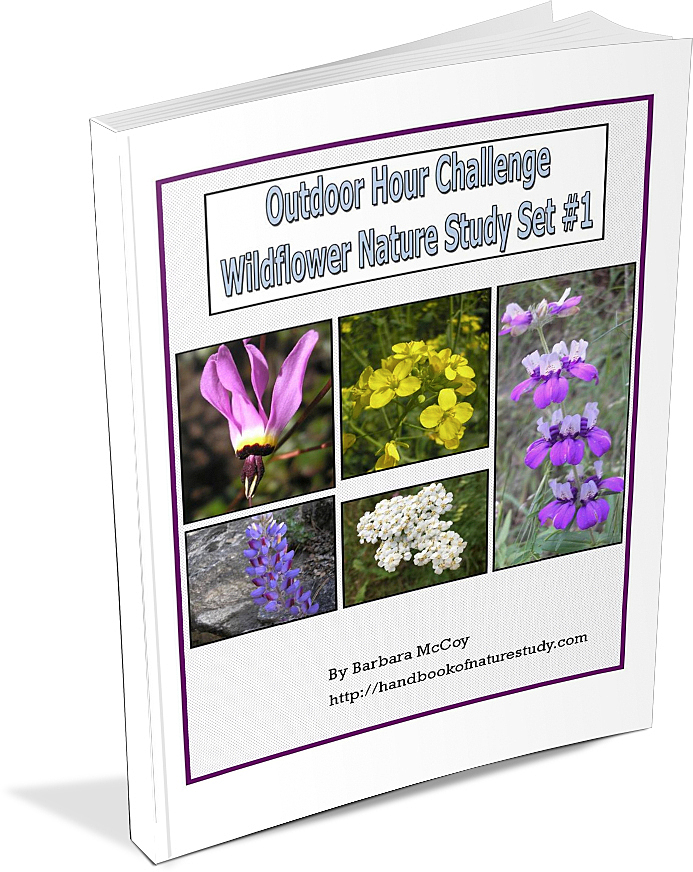 How do you get the new Wildflower Nature Study ebook?
How do you get the new Wildflower Nature Study ebook?